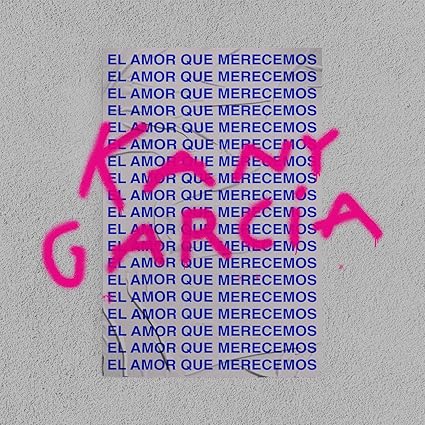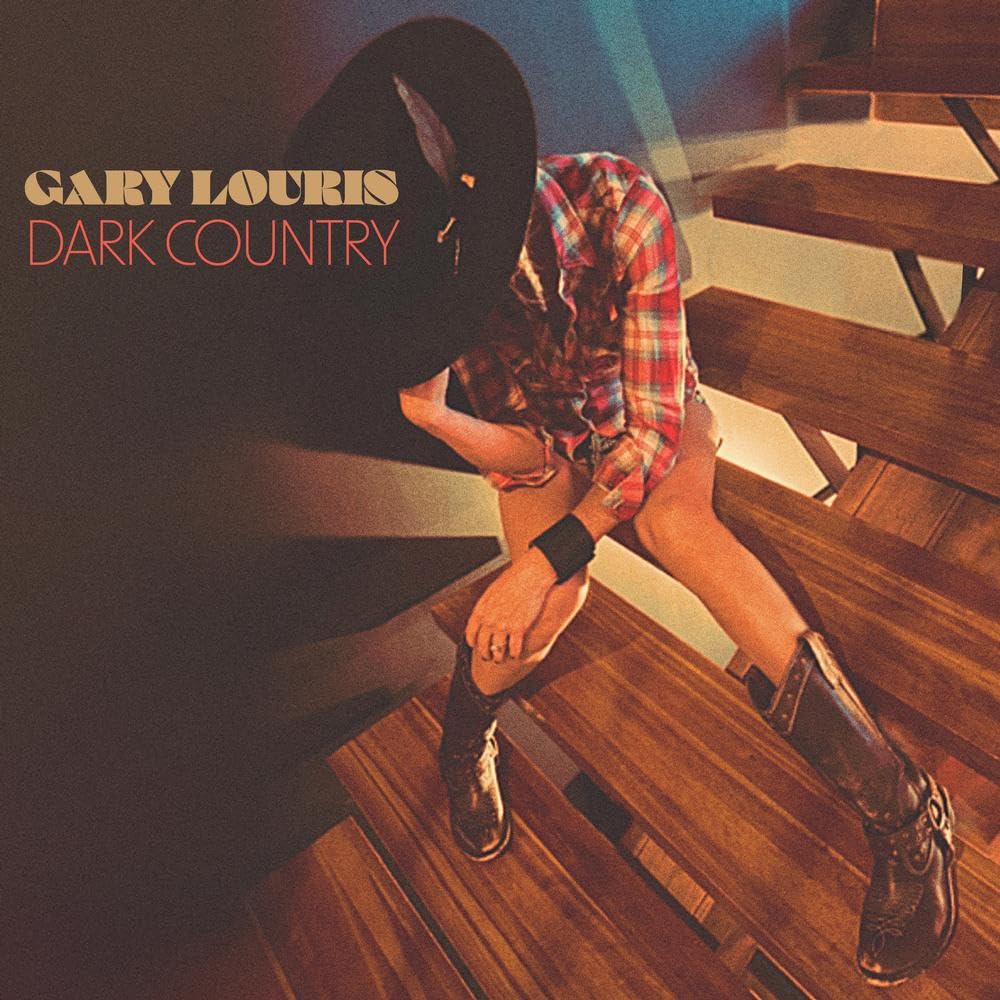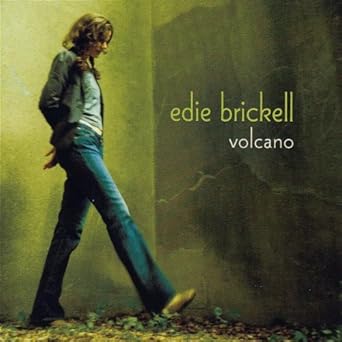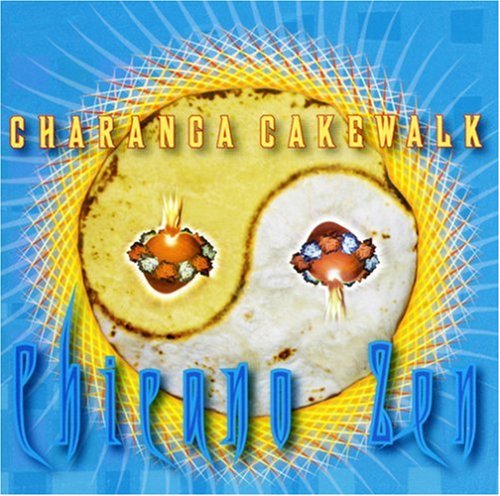Kany Garcia: “Aguita e Coco” (2022)
Of 6-time Latin Grammy Award winning Puerto Rican singer and songwriter Kany Garcia, Billboard Magazine said the following:
Her husky tone seems built for a sideways glance at breakups, sex, aging and human indifference. What has set Garcia apart from other pop divas on the charts, other than writing her own songs and ability to play guitar, is her blend of commercial melodies with lyrics that are sometimes bracingly personal, even if the story isn’t always about her.
In the same year of this song’s release, Garcia was recognized at the Latin Recording Academy’s annual Leading Ladies of Entertainment event, which recognizes “indelible impressions and contributions to the Latin entertainment industry”.
Sounds like serious stuff, but this particular song is just a bit of lighthearted (and damn catchy) fun.
The chorus, translated:
I’m going with you, swimming in the deep
Now they call me and I don’t answer
I take you like coconut water
Little by little, we go crazy





